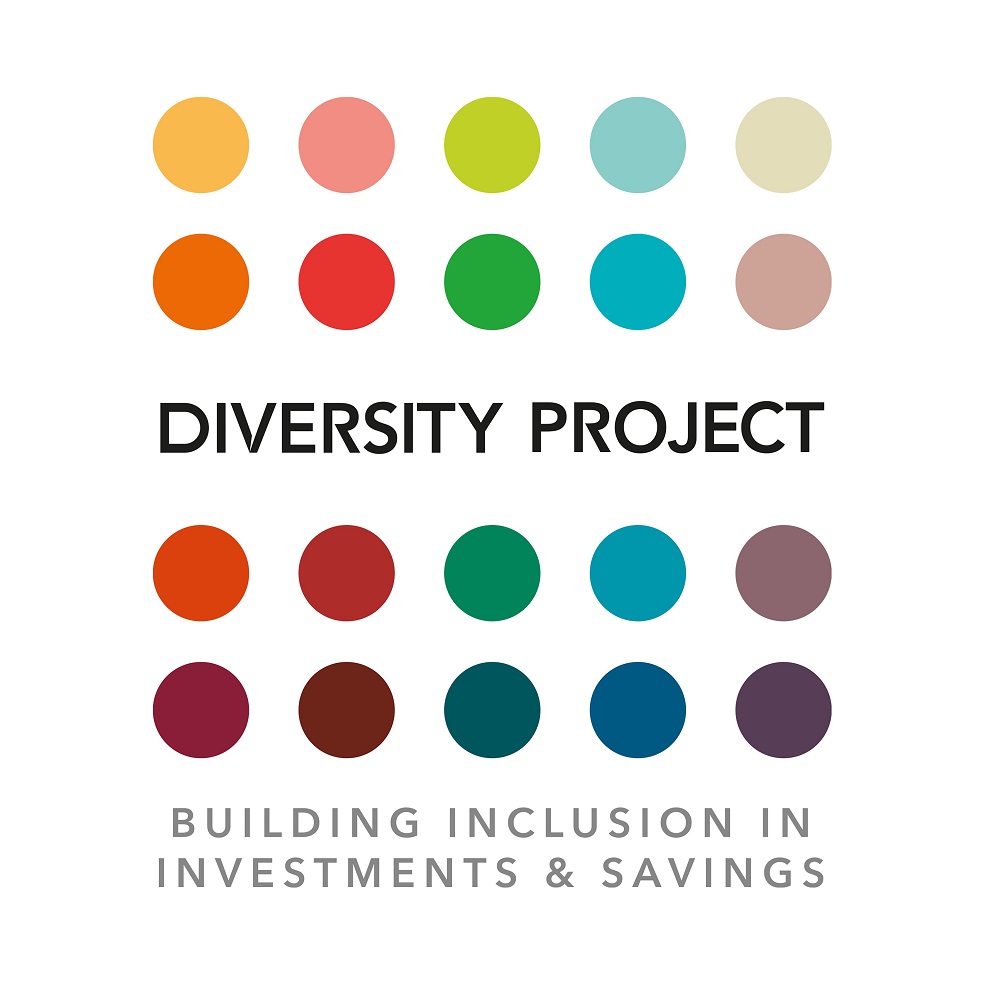Big banks are reporting strong profits so far this quarter, but how will the rest of the market fare? And is higher-than-usual inflation making people glum?

Review of the week: A Cloudy Outlook
Article last updated 24 November 2023.
Quick take:
- Large US lenders overshot profit estimates, but highlight slight cracks appearing in customers’ financial resilience
- American headline inflation is flat at 3.7%, but disinflation should continue
- US households and smaller companies are concerned most with inflation rather than loan costs
Big American banks delivered strong profits to set the tone for the latest round of quarterly earnings.
JPMorgan Chase, Wells Fargo and Citi all made more money than analysts had expected and a couple of them have markedly increased their forecasts for future profits as well. The difference between what the big banks pay their depositors and long-term lenders and the amount they can charge to their borrowers has risen sharply. This is because, while the prevailing rate of interest for loans has increased, the largest banks haven’t had to increase deposit rates much in order to discourage customers from leaving. This is no doubt a reaction to the failures of several smaller lenders earlier in the year that may have spooked depositors and kept them from seeking better savings rates at smaller and riskier rivals.
People often like to use banking results to gauge the health of the wider economy. This can be from scanning loan quality metrics to see if people are taking longer than they should to pay back debts or if defaults are ticking higher. One warning sign that many analysts are keeping an eye on is ballooning property loans held by banks, which are 25% higher today than they were on the eve of the pandemic. Banking executives typically use earnings calls to give their two pence on how they think their customers (i.e. the economy) are doing as well. Big banking chiefs have warned that consumers are dipping into savings and that losses on credit cards and other consumer loans are rising, albeit delinquency levels are still very low by the standards of the past.
It typically takes between a year and two years for changes in interest rates to filter through and start affecting the wider economy. Central banks’ main tool is extremely unwieldy and imprecise, but it is effective, in time. We are still only 19 months on from the first US rate hike that went from 0.25% to 0.50%. A year ago, the US benchmark rate was 3.25%; today it’s 5.50%. We’ve said this a few times over the past year or so, but there are still a lot of higher borrowing costs to be swallowed by businesses and households.
For about a year now we’ve been cautious on global growth, believing there’s more chance than not of a recession in most advanced nations. The reason for this, bluntly, is that interest rates have jumped from virtually zero to roughly 5% in less than a year. That is a phenomenally rapid rise and something we think is difficult for households and businesses to simply shrug off. We first forecast a recession to begin within a year from August 2022. That was clearly too early and economies are still seemingly driving on without much ado. However, our concerns haven’t gone away. Meanwhile, global profits have been falling since January and global bankruptcies have risen to a 13-year high.
The difficulty with judging economic impacts is that what’s bad for one party can be a boon to another. For instance, higher interest rates aren’t good news for debtors because they make it harder to repay what they owe and sucks up more of their money. However, that means more money flowing towards those who are lending money – including all of us who have deposits at the bank (which are, in reality, unsecured loans). There are a lot of households and businesses that are benefiting greatly from receiving more income from their capital. But there are a whole bunch of others that could be feeling the strain. The rest of the market’s quarterly earnings releases, due over the coming few weeks, should give us some more insight into how people and businesses are faring as the year winds down.
| Index |
1 week |
3 months |
6 months |
1 year |
| FTSE All-Share |
1.0% |
2.0% |
-1.9% |
13.9% |
| FTSE 100 |
1.4% |
3.3% |
-1.1% |
15.3% |
| FTSE 250 |
-1.5% |
-5.5% |
-6.8% |
6.5% |
| FTSE SmallCap |
0.1% |
-2.5% |
-2.6% |
7.7% |
| S&P 500 |
0.9% |
4.1% |
8.4% |
11.0% |
| Euro Stoxx |
-0.1% |
-4.4% |
-5.4% |
22.3% |
| Topix |
2.2% |
3.6% |
6.0% |
16.4% |
| Shanghai SE |
-0.3% |
1.0% |
-9.8% |
-6.7% |
| FTSE Emerging |
1.7% |
2.7% |
1.5% |
5.2% |
Source: EIKON, data sterling total return to 8 September
| These figures refer to past performance, which isn’t a reliable indicator of future returns. The value of investments and the income from them may go down as well as up and you may not get back what you originally invested. |
Everyone’s Glum, Everyone’s Spending
Interestingly, rising borrowing costs aren’t top of the trouble list for most American companies – for now at least. The National Federation of Independent Businesses (NFIB) is a lobby group for small American enterprises, and its surveys can be helpful for looking under the bonnet of the US economy. While it brands itself as a club of ‘mom and pop’ businesses, most of its members are pretty big, employing more than 100 people. Its September survey shows businesses are still most concerned about inflation, despite its relatively low level of 3.7% (compared with inflation rates across the Atlantic). It’s probably a good reminder that pain is not relative! We look longingly at how inflation has calmed considerably in the US; Americans only care is that it has reaccelerated recently from 3.0% in June.
Last week US inflation came in unchanged for September, compared to expectations of a small fall. Core inflation (which removes energy and food prices) fell from 4.3% to 4.1%. Overall, the report wasn't quite as good as people had hoped, and some of the measures of underlying inflationary pressure that we track ticked up. Yet overall, we think American inflation is continuing to fall back.
NFIB members’ second-greatest concern is getting people to work for them. A historically high proportion of them have raised wages to keep and attract staff, with empty positions at record highs. Because of these cost increases, about a quarter of NFIB businesses plan to hike prices in coming months. This could feed through to more inflation pressure, and it’s something we watch closely.
As we alluded to before, credit conditions for small companies have become much tighter. NFIB members say the availability of loans and the expected direction of travel for financing are at their worst levels in a decade. However, only 4% of businesses said finance was their largest concern and almost two-thirds of companies said they weren’t looking for a loan anyhow.
All of this sums to a pretty downbeat small business optimism reading. That dovetails with consumer confidence also at multi-decade lows. Households are also most concerned about inflation, particularly for the essentials like food, groceries and petrol. Everyone in America feels miserable, but they keep spending! For economies and markets, it’s the spending that matters most.
In the main, banks and their customers look healthy right now. The difficulty is understanding what’s going on beneath the surface and why there’s such a disconnect between the way people say they feel and how they act. If there’s one word that sums up most financial indicators, economic surveys, company executives and people on the street these days it’s ‘uncertainty’. A glib term that contains so much. Most people don’t like change – it’s uncomfortable and usually a little scary. These days, things seem to change at a dizzying pace. Inflation, though, could be especially pertinent here: if you get used to how much things cost and if you know what you earn, you can plan. If in the space of a couple of years, the price of travel doubles, if your rent skyrockets, if the cost of food jumps, if filling your car becomes painful, it leads you to reassess what you are able to afford – which is difficult when you’re unsure how much of a raise you’ll get. It leads you to focus, perhaps, on what you may have to change in the future. That may be why people are feeling glum.
If you have any questions or comments, or if there’s anything you would like to see covered here, please get in touch by emailing review@rathbones.com. We’d love to hear from you.







